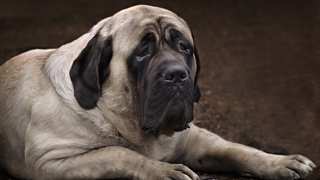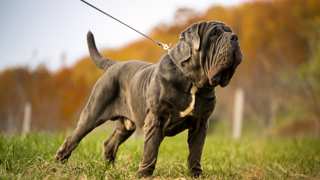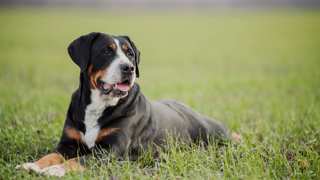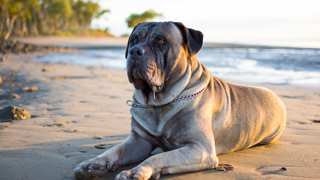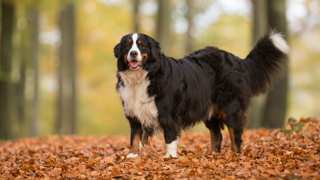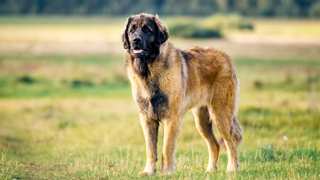Exercise needs for this breed are only moderate, but they need to be a daily undertaking. Saint Bernards have a pretty high tendency for obesity, and if under-exercised they can grow restless and disobedient, so these dogs need at least an hour of physical activity each day. You can begin exercising a Saint as early as three months of age, but keep the sessions short, and make sure the activity doesn't include too much jumping or running, which can put too much strain on the still-growing (though already large!) puppy's joints and bones.
And as such a large breed, adult Saint Bernard exercise should be given carefully as well. Avoid activities that will cause stress on their joints, as these can lead to arthritis and orthopedic issues. Saint Bernards also suffer heat stroke extremely easily, so exercise in cool weather or, on hotter days, keep the exercise sessions much shorter; regardless of the temperature, give your Saint access to plenty of fresh water before, during, and after any physical activities.
Precautions aside, make sure your Saint gets off its considerable hind-quarters every single day. Obesity and Saint Bernards aren't a good mix: an overweight dog of this breed will have heart, respiratory, and digestive issues, and obesity will likely shorten a Saint's already brief lifespan even more. And though fairly obedient overall, an undisciplined Saint Bernard can be difficult to handle due to its size alone; exercises that include some type of obedience training (especially for Saint puppies) are highly recommended. A few exercise ideas:
- Walking: Short (30-45 minute) walks, using a leash, are perfect for this breed
- Swimming: Great exercise for hot days
- Laser Pointer: Like most breeds, a Saint will chase the red dot for hours; good for indoors--just make sure you have adequate room
- Agility/Obedience Competitions: Great for younger Saint Bernards
- Hiking: Especially good for those in colder, mountainous climates
Indoors, a Saint Bernard can be quite lazy, so activities that require the dog's participation (tug-of-war, for example) are encouraged. It's recommended that you also have a consistent daily exercise schedule for your Saint: perhaps a short walk in the morning, followed by one or two play sessions throughout the day, and ending with a longer walk after dinner.

